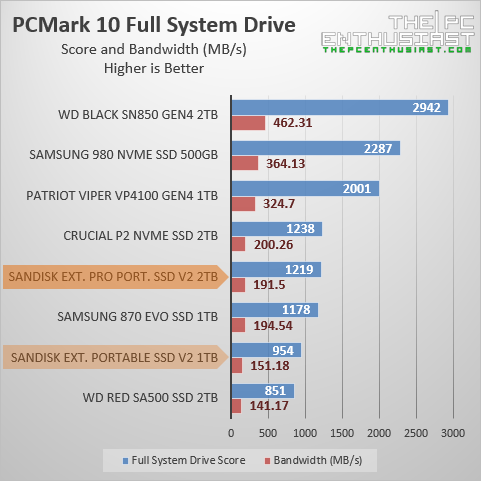

#Pcmark 10 portable software#
Most modern software has been written to be a muilthreaded solution where it can push IOs from multiple threads.

The CPU thread count used by the benchmark does not equal to the queue depth seen by the storage device. That means that the thread sending an I/O does not sit waiting for it to complete, but can instead queue more I/O to match the queue depth in the recorded trace. The I/O in both PCMark 8 and PCMark 10 is asynchronous. About half the available cores/threads are being used for generating the data needed for I/O and the other half are tasked with sending out I/Os. PCMark 10 Storage uses all the CPU cores available on the platform being tested and has been validated to support up to 5GB/s bandwidth. We are by no means living in the single-core era thanks to corporations like AMD offering CPUs with higher core counts than ever before. PCMark 8 was originally introduced in 2013 and the storage test uses only one thread to do everything.


 0 kommentar(er)
0 kommentar(er)
